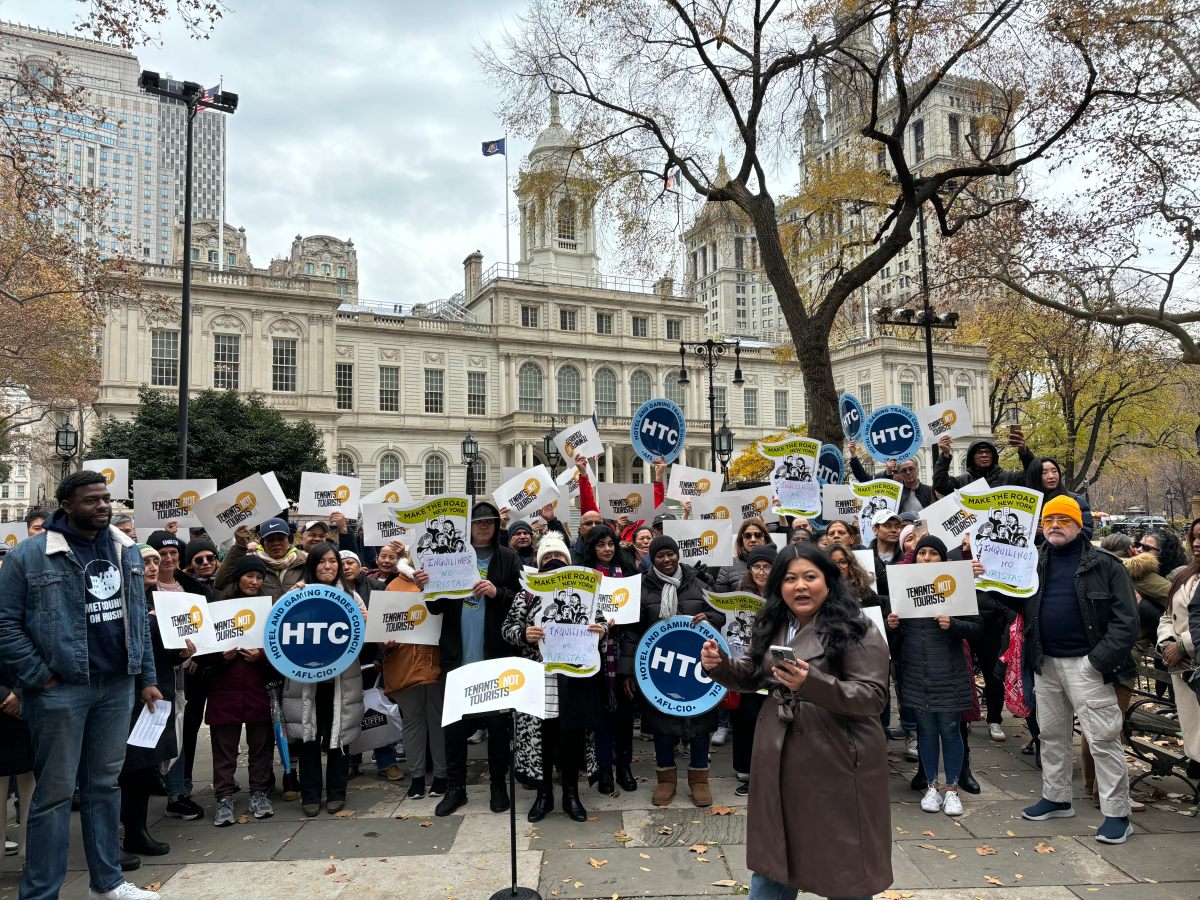By Tom Momberg
The city Landmarks Preservation Commission has approved major renovations and expansions for two historic-district homes in Douglaston—one on Bay Street and another on Beverly Road.
The Libby family—who have owned a free-standing single-family Colonial Revival house at 233-20 Bay St. since the 1930s—has proposed not only repairing some deteriorating features of the home, but they also want to enclose the front porch and add space to remodel the first-floor layout to accommodate their current needs.
The 1,640-square-foot house was originally built in 1905.
Little Neck-based architect Kevin Wolfe is working with Alice Libby to replace all the existing windows and shutters. They have also proposed restoring the detached garage, enclosing the front porch with glass panels and rebuilding the rear porch.
Other proposed renovations include a major excavation to expand the cellar floor to the footprint of the new addition for a new large kitchen, walk-in closet and powder room. Wolfe has planned to reconfigure the first floor to turn the existing kitchen into a den, convert the current dining room into a media room and update the current central “salon” room into a dining room.
The LPC commissioners posed no objections to the proposal at the January hearing and said the plans were respectful of the existing house. The commission’s approval of the project was unanimous. Community Board 11 previously approved the proposal.
Elizabeth and Michael Sitler—who bought their English Cottage-style house at 240-82 Beverly Road in 2010—are no longer content with its small layout, according to Bayside architect John Stacom, whom the Sitlers hired to design and oversee the construction of an addition to the property.
The 1,900-square-foot house was originally built on a large corner lot in 1926 by postwar East Hampton-based architect Alfred Scheffer.
Stacom has proposed relocating the house’s driveway from Beverly Road to Douglas Road, where it would lead into a new basement-level two-car garage. Above the garage the home expansion would mirror the existing facade to make space for a sun room on the first floor and a new master bedroom and bathroom on the second floor.
The architect said the total living space of the home would be increased to about 2,775 square feet once the expansion is completed.
Details of the plan show the addition matching the existing structure, with a nearly symmetrical roof arch but at a different pitch. The design also calls for a gate and two stone posts on the sides of awider driveway sloped into the ground with a retaining wall against the front of the property.
The commissioners did have some concerns about the proposal.
The LPC approved the project under the condition that Stacom match the pitch of the roof of the addition to the existing structure, and that the driveway be redesigned to match the neighborhood contextually.
“While (the Historic Districts Council) agreed that the expansion of the house was well conceived, the driveway is another matter,” Historic Districts Council Director Kelly Carroll said during the LPC hearing. “While the former driveway was subdued, the proposed width is overwhelming, the fieldstone posts are inappropriate and non-contextual, and the heavy wooden gate would fare better if it were transparent.”
CB 11 previously approved the addition but also asked the architect to redesign the roof to match the existing home.
Reach reporter Tom Momberg by e-mail at tmomb


































